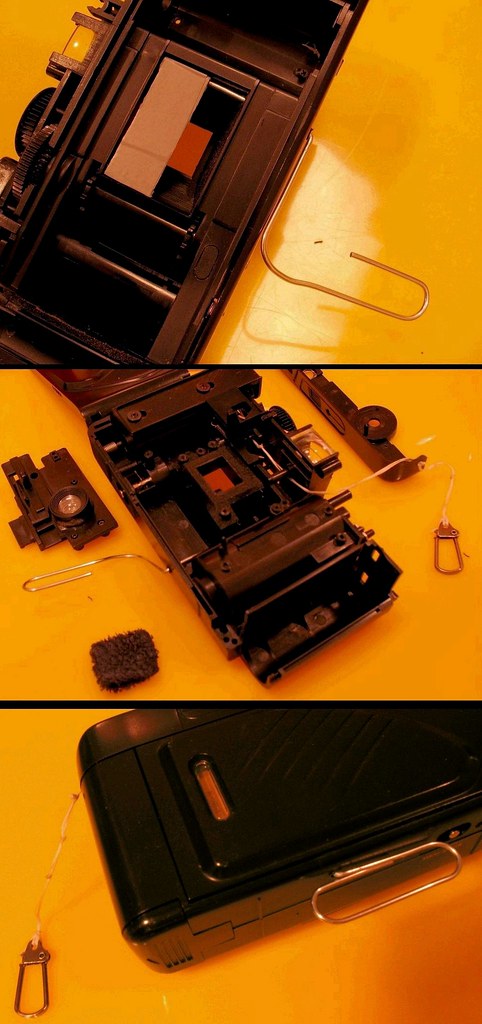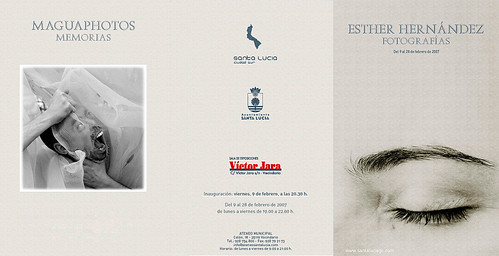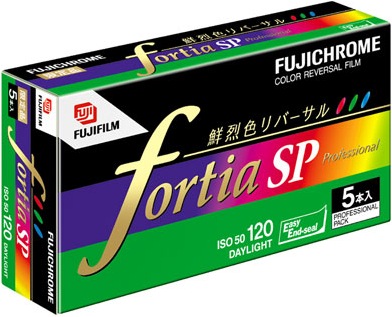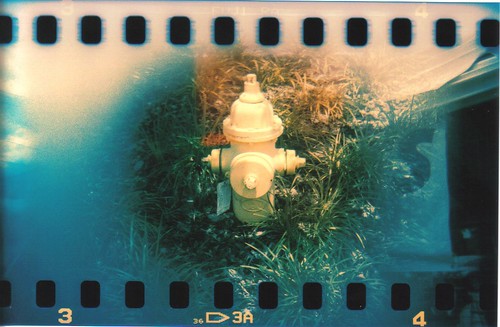I was just reading Wally Lamb’s intro to Couldn’t Keep It to Myself: Wally Lamb and the Women of York Correctional Institution, which is the result of the writing workshops he taught at a women’s prison, when I came across this:
Then, mid-draft, Jessamy hit a snag. She began writing a flashback to an earlier instance of sexual abuse—a hallway molestation by a friend of the family when she was eleven. She stopped writing. But self-censorship felt uncomfortable, too. Jessamy had worked hard on her essay and wanted to see it through. The solution? A change of genre. On paper, Jessamy became Mo’Shay Shamblay, and the pronoun I became she. Mo’Shay had the same hazel eyes as Michelle, the same experiences, But now Jessamy was writing autobiographical fiction. That little bit of distance unblocked her and she finished her piece.
He’s obviously talking about writing, but it got me thinking about how the same principle might apply to photography. Of course it’s a little different in that there isn’t the same opportinity for iterative refinement of a single photo as there is with a story, but with cropping, contrast, print size/method, editing, sequencing, etc., there’s still plenty of room to get stuck, even once the exposure has been made.
I haven’t really thought this out, but does Lamb’s approach sound useful? To be perfectly clear, I’m not suggesting that you try to make somebody else’s work, but to make your own work with a little distance. I can see a case for it being both good and bad (or maybe helpful and diverting?).
What do you think?



